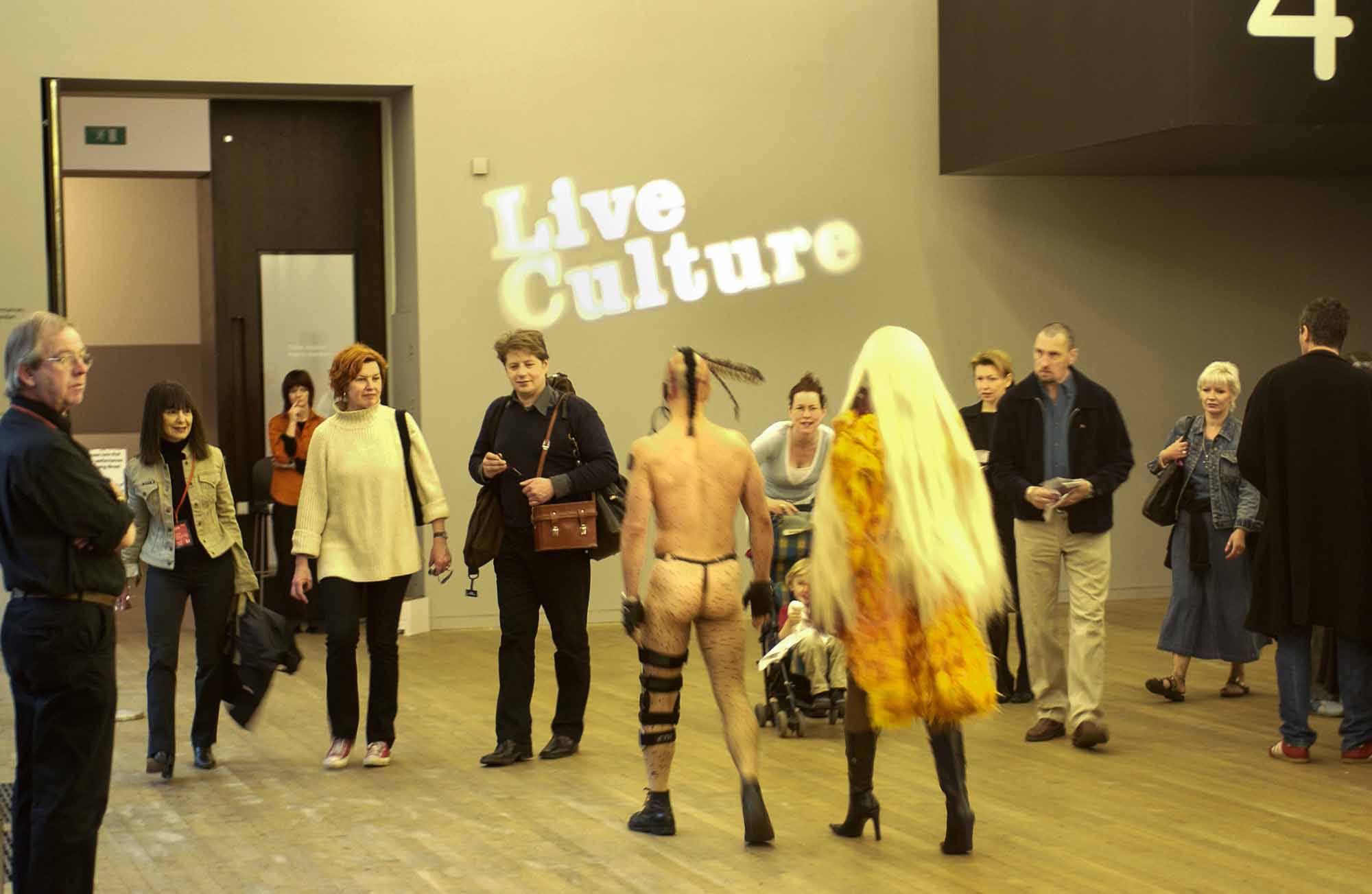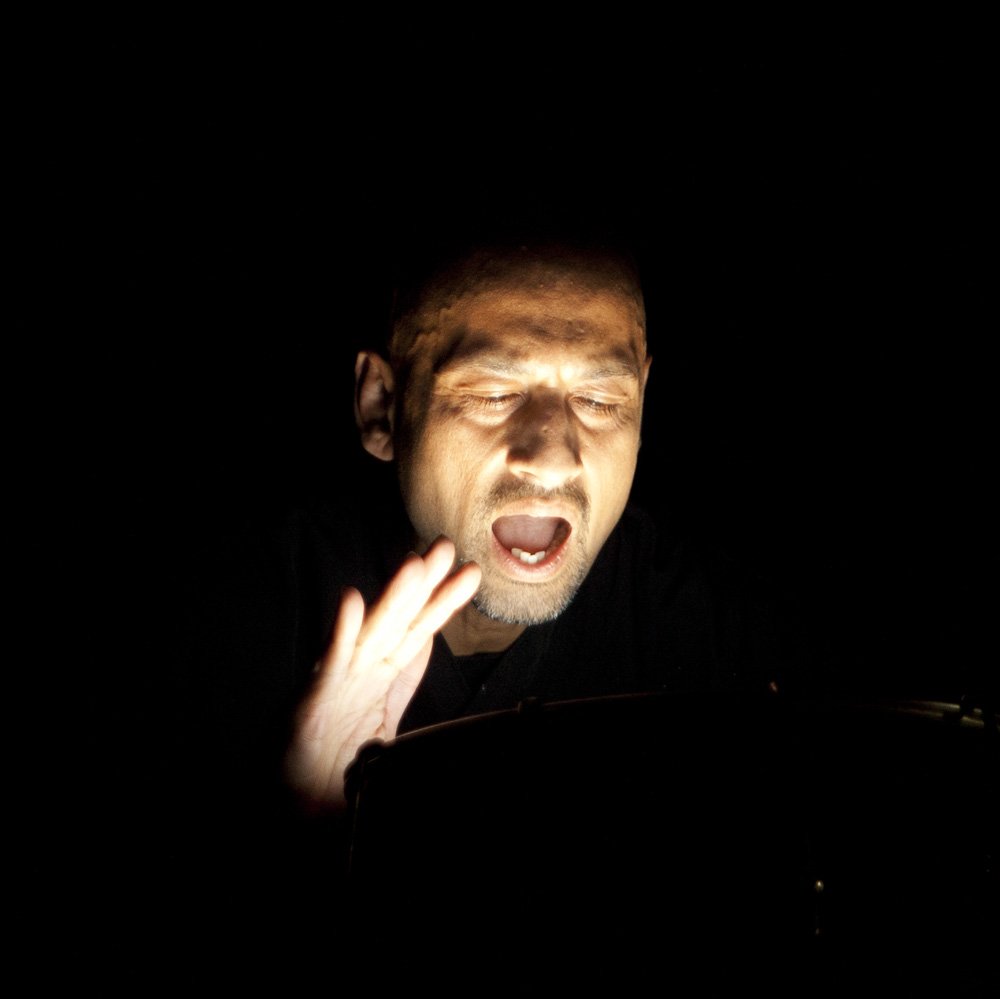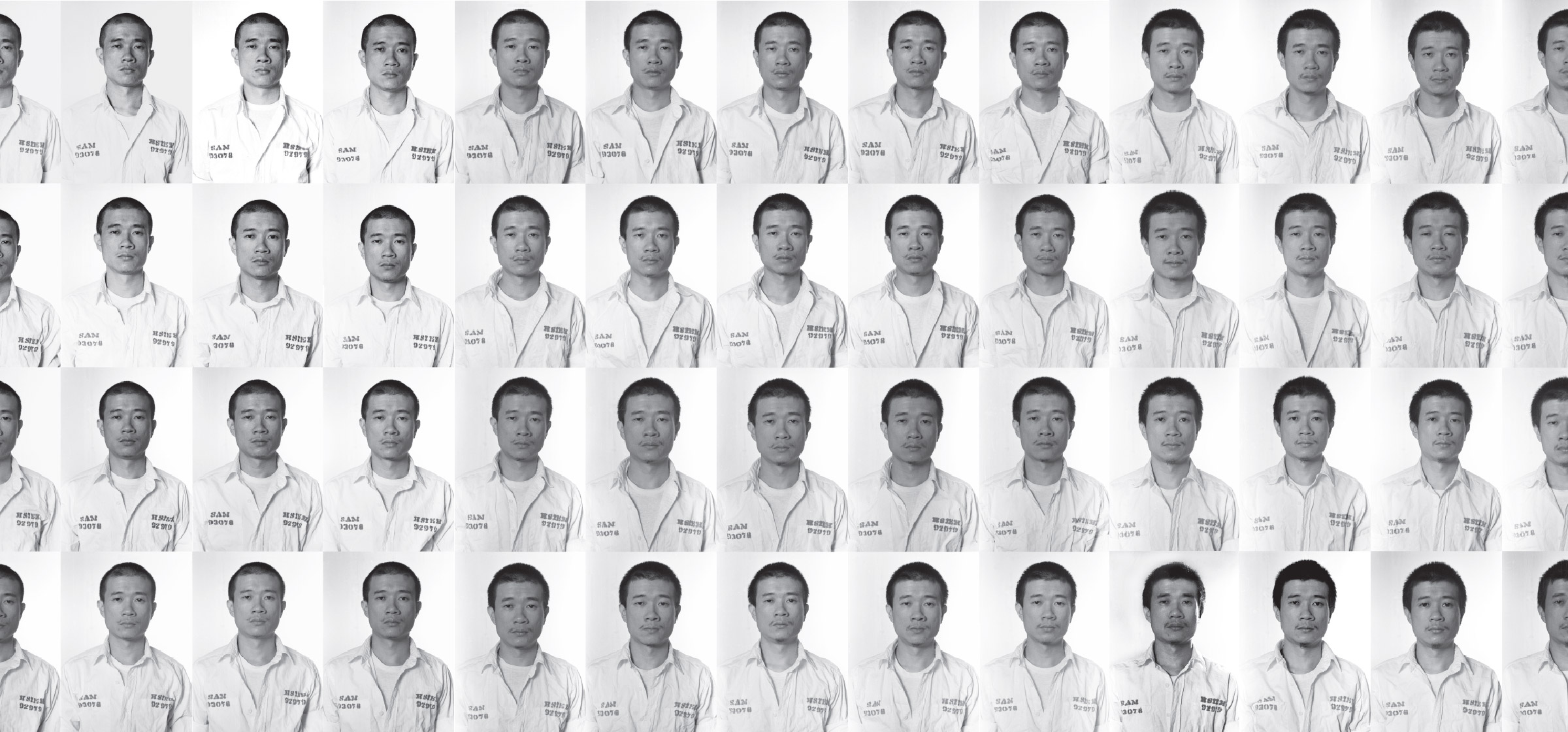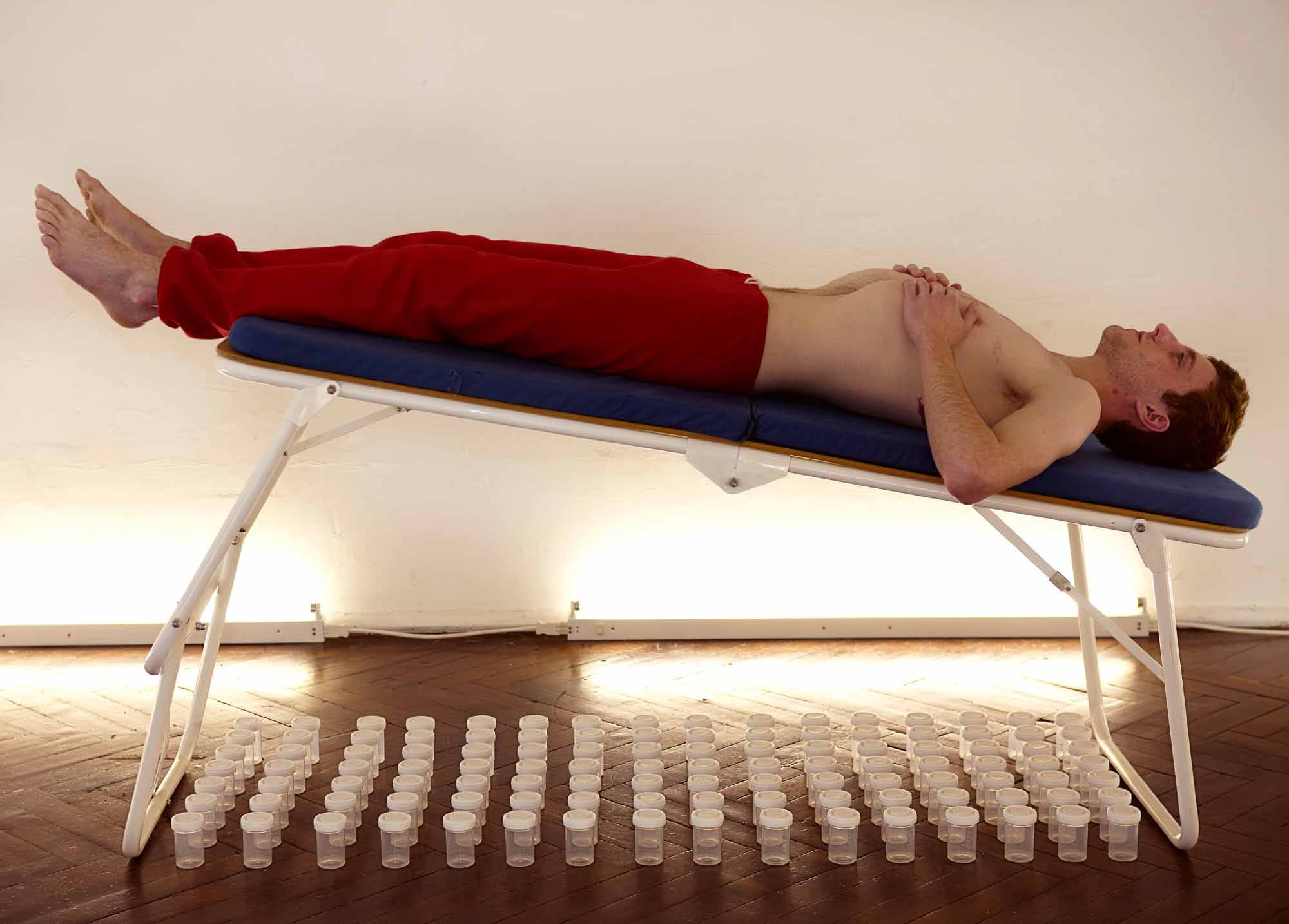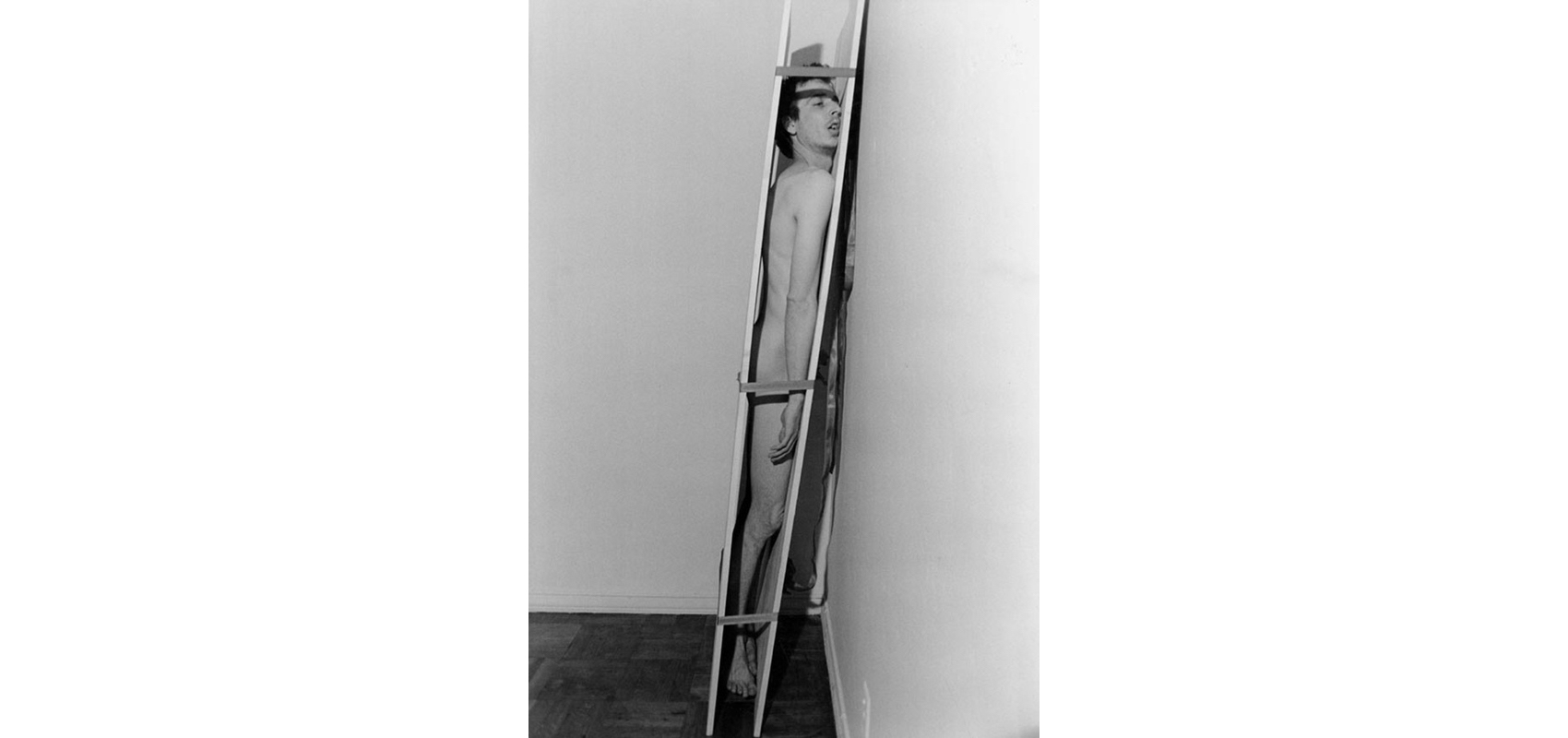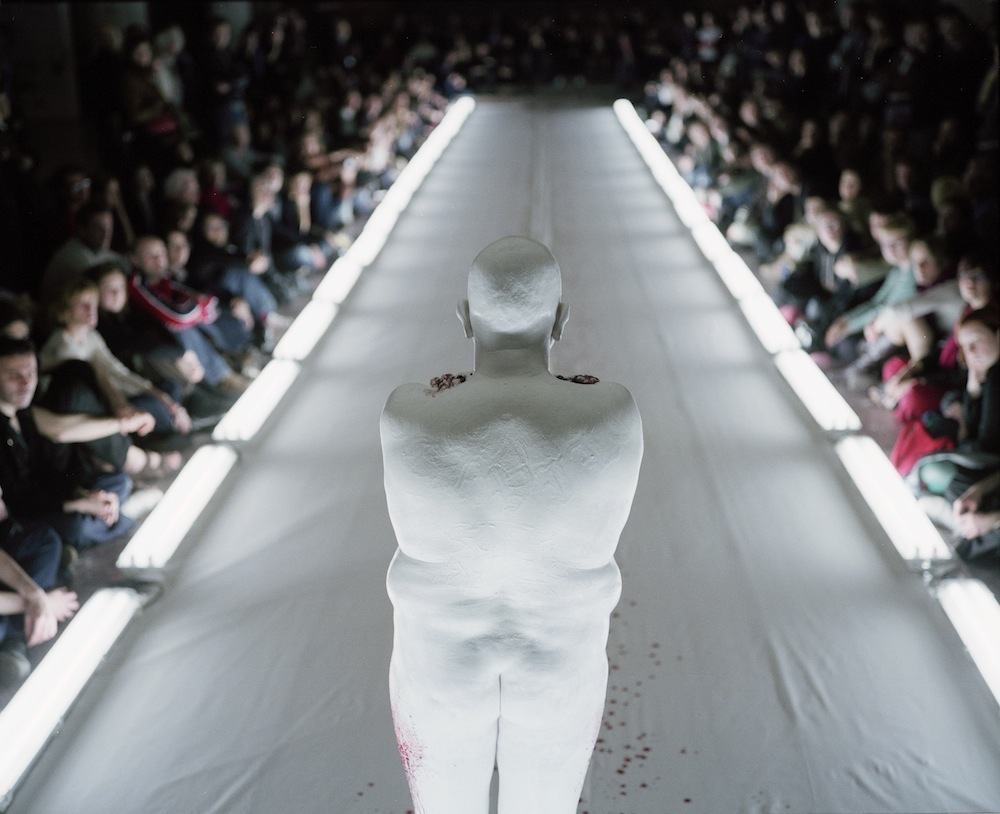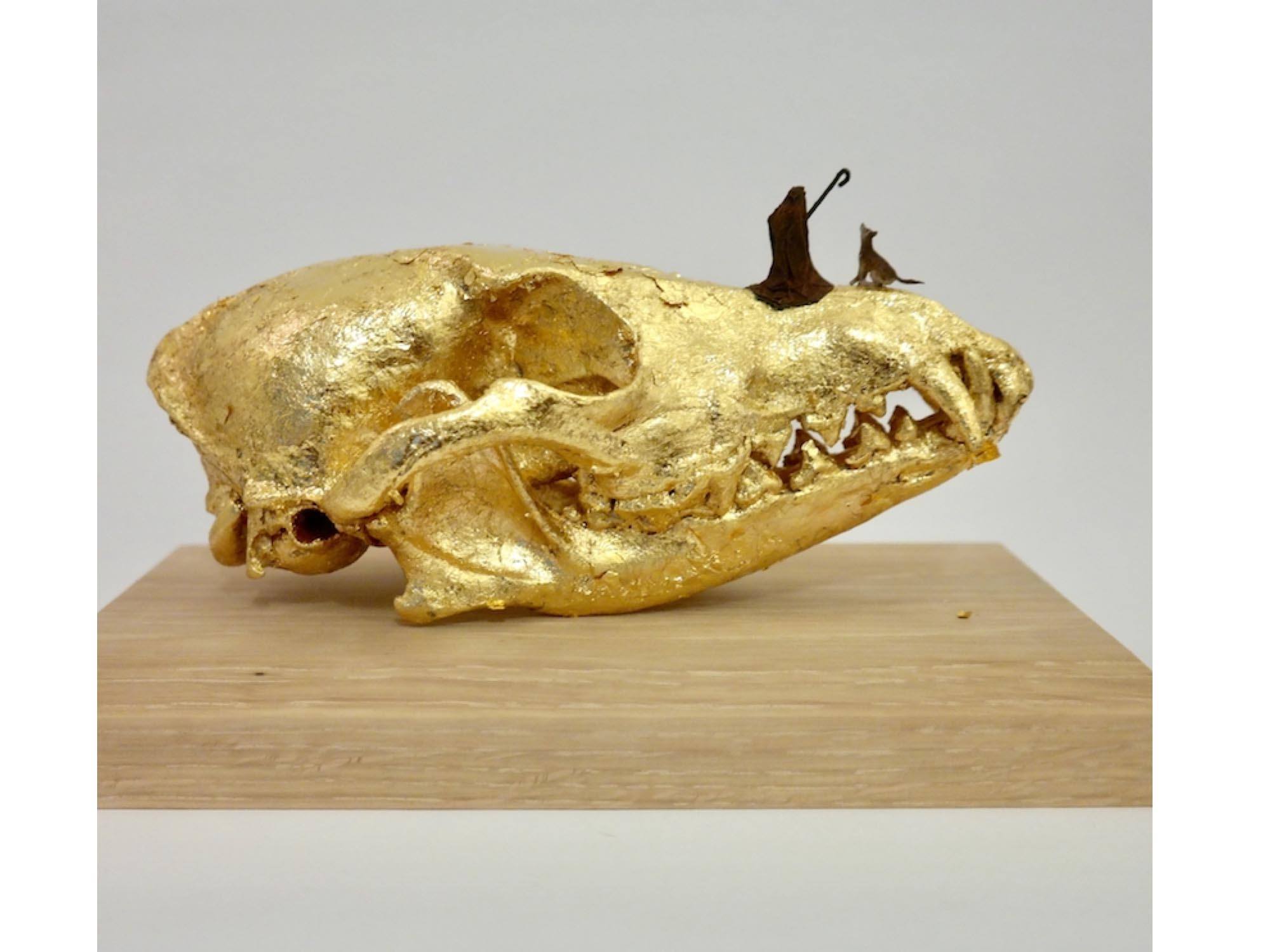Selina Thompson
In February 2016, two artists got on a cargo ship, and retraced one of the routes of the Transatlantic Slave Triangle, from the UK to Ghana to Jamaica, and back. Upon returning from the journey, Selina Thompson made salt., a work for theatres considering grief, home, Afro-pessimism, the Black Atlantic, the forgetting of the UK’s colonial history and the impact that has on the daily life of Caribbean communities in the UK today. Through salt. Selina confronts the oppressive power dynamics of contemporary capitalism and its attendant racism and misogyny, rendered in the hyper-locality of the cargo ship.
There are extensive reviews and interviews of salt. available online and the text has been published by Faber Drama and is available from Unbound.
Selina was a contributor to Last Night Art Saved My Life, an event at LADA considering how art can function as a survival strategy. Selina is LADA’s thinker-in-residence during our Managing The Radical project.
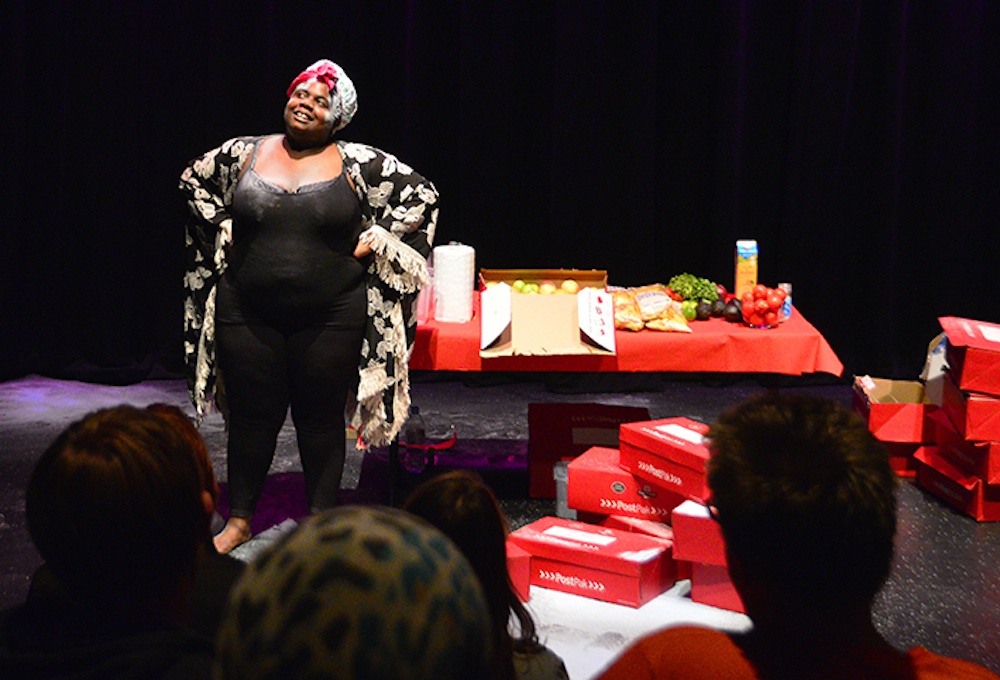 Selina Thompson, 'The Stilton Mash' (credit: Andrew Whittuck)
Selina Thompson, 'The Stilton Mash' (credit: Andrew Whittuck)
